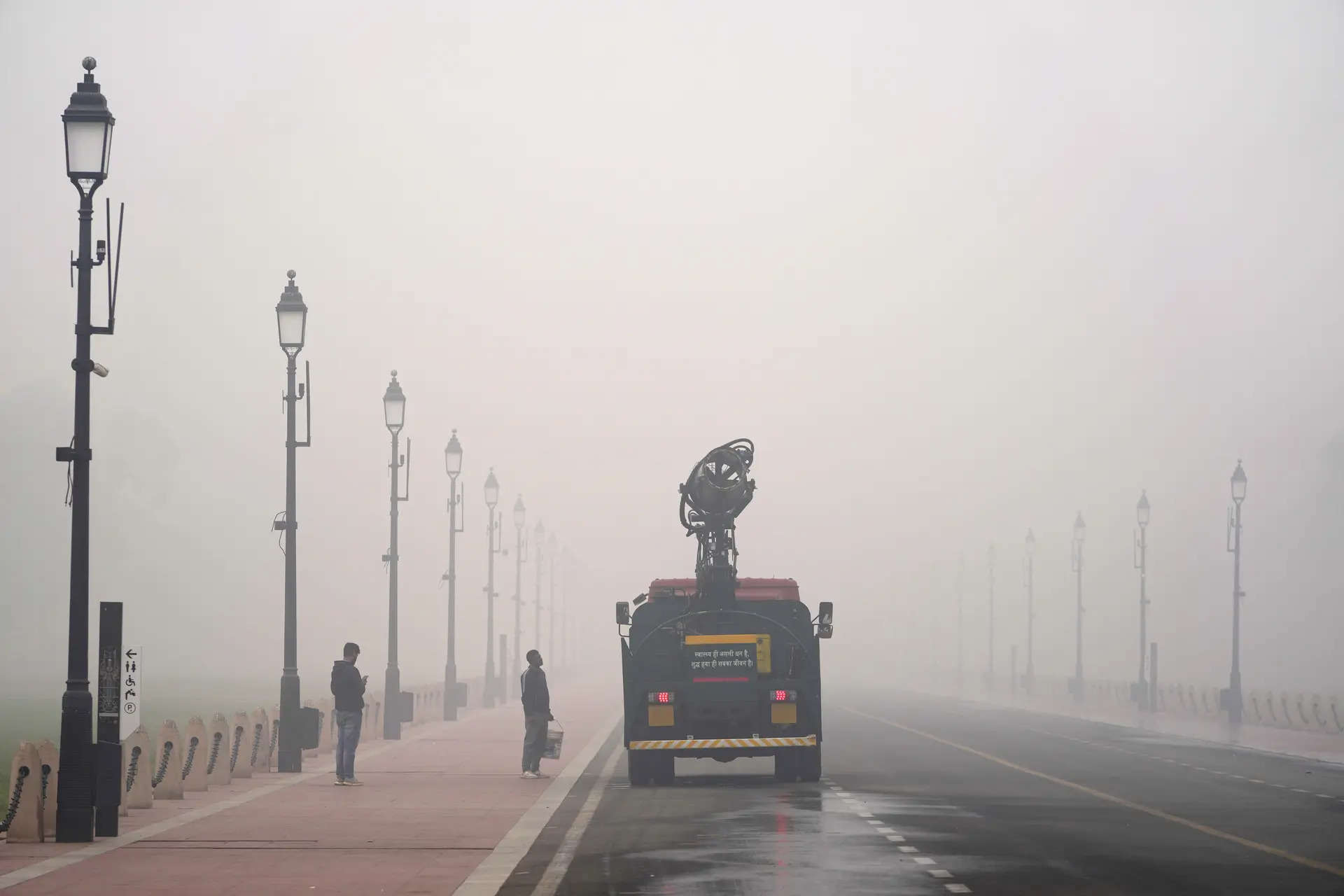
BENGALURU, India — Army units pushed deeper Friday into Indian tea plantations and villages struck by landslides that killed more than 200 people, working on the assumption that not a single person was left alive to rescue.
The number of fatal floods and landslides in India has increased in recent years, and experts say climate change is exacerbating the problem.
Days of torrential monsoon rains battered the southern coastal state of Kerala before twin landslides struck before dawn on Tuesday, with more than 500 soldiers among the rescue crews.
Military engineers laid a temporary bridge to speed up search efforts after earlier relying on jury-rigged ziplines to transport recovered bodies over raging waters.
"The assumption is that there is nobody left to be rescued," a statement issued late Thursday by the Kerala state government said.
Around 8,000 people were taking shelter at emergency camps around the disaster site in Wayanad district.
Meanwhile, monsoon downpours caused flash floods that killed 13 people in India's Himalayan foothills, officials said Friday, with helicopters rescuing hundreds stranded near a renowned Hindu shrine.
Thirteen deaths have been reported across the northern state of Uttarakhand so far, disaster official Vinod Kumar Suman told AFP.
District officials said around 700 people were rescued by airlift while traveling to Kedarnath temple, a popular pilgrimage destination dedicated to the Hindu deity Shiva.
"We are flying multiple choppers to bring down the pilgrims who were on their way," Suman said.
State Health Minister Veena George said relief workers in the camps were counseling traumatized survivors and cremating dead animals in an effort to prevent disease outbreaks.
The final toll is certain to be higher, with rescuers reporting the gruesome discovery of more than 100 body parts in flood waters or buried in the muddy earth.
Many of the victims were workers and their families, who lived in brick-walled row houses that were inundated by a powerful wall of brown sludge as their occupants slept.
Uprooted trees and rocks were strewn about one abandoned village in front of overturned vehicles and partially collapsed homes.
Monsoon rains across the region from June to September offer respite from the summer heat and are crucial to replenishing water supplies.
They are vital for agriculture — and therefore the livelihoods of millions of farmers and food security for South Asia's nearly 2 billion people.
However, they also bring regular destruction in the form of flash floods and landslides.
At least 572 millimeters of rain fell in Wayanad in the two days before the landslides, according to state government figures.
Damming, deforestation and development projects in India have also exacerbated the human toll.
Read The Rest at :










